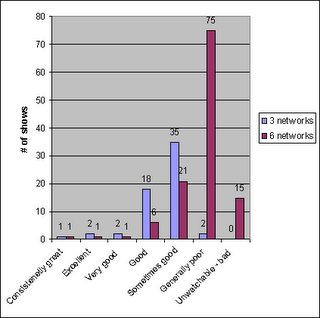Marketing guru Seth Godin asked the question today, “When newspapers are gone, what will you miss?” Before getting into the various sections and showing how the web covers each of those areas better, he offers this opinion:
Woodpulp, printing presses, typesetting machines, delivery trucks, those stands on the street and the newsstand… I think we’re okay without them.
But are we?
The presses and trucks — the machinery of creating and delivering the paper — are transparent to most people. But the newsstand is a user interface. Any UI designer will tell you that the interface influences the type of interaction you have with the underlying system. What type of interaction do you have with a newsstand?
Newsstand in web terms
First, the newsstand serves as a “portal” to divergent news sources. It provides a rough snapshot of what the different publishers think is worth reading about today, all in one place. No matter what your interest, you can go to the newsstand and know that it’s represented there.
Then there are the cases where someone discovers an interest while at the newsstand. The user who knows what she is there for, but sees the same screaming headline in 144 pt type on three different papers and decides she wants to see what’s happened in the world. Or the user who wants to read something, but doesn’t know what until he browses. This second type of user is very common in airports.
The newsstand also serves as a feed reader, always showing the most recent issue of periodicals and dailies, with older issues sometimes available behind the counter. Just as there are people who don’t know or care about RSS readers, there are people who have been reading magazines for years who don’t track when the new issues will be out. They just check the stand every day or so until they see something new they want to read.
Don’t make me think
Both of these functions, the portal and feed reader analogues, are zero maintenance for the users. At most they might ask the proprietor to start carrying a new title. But the mechanics of delivery, storage, display, are all handled for them. With no subscription, no ongoing cost, and the incremental cost entirely under the user’s control.
So Seth is right, we probably won’t miss the newspapers. But will we miss the newsstands?
